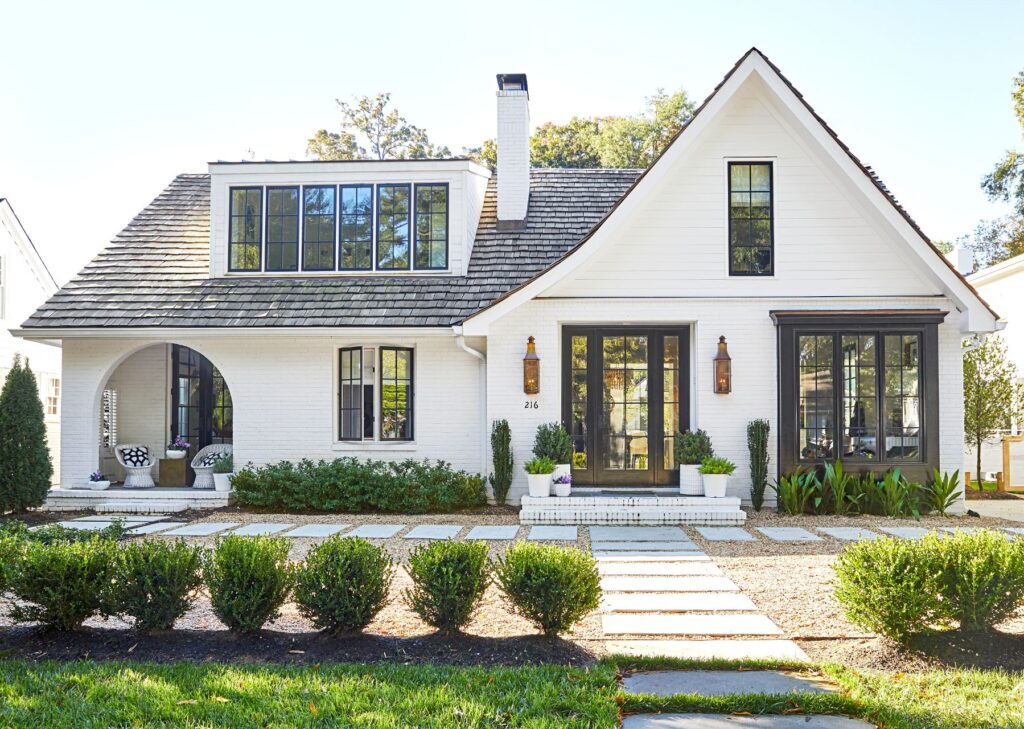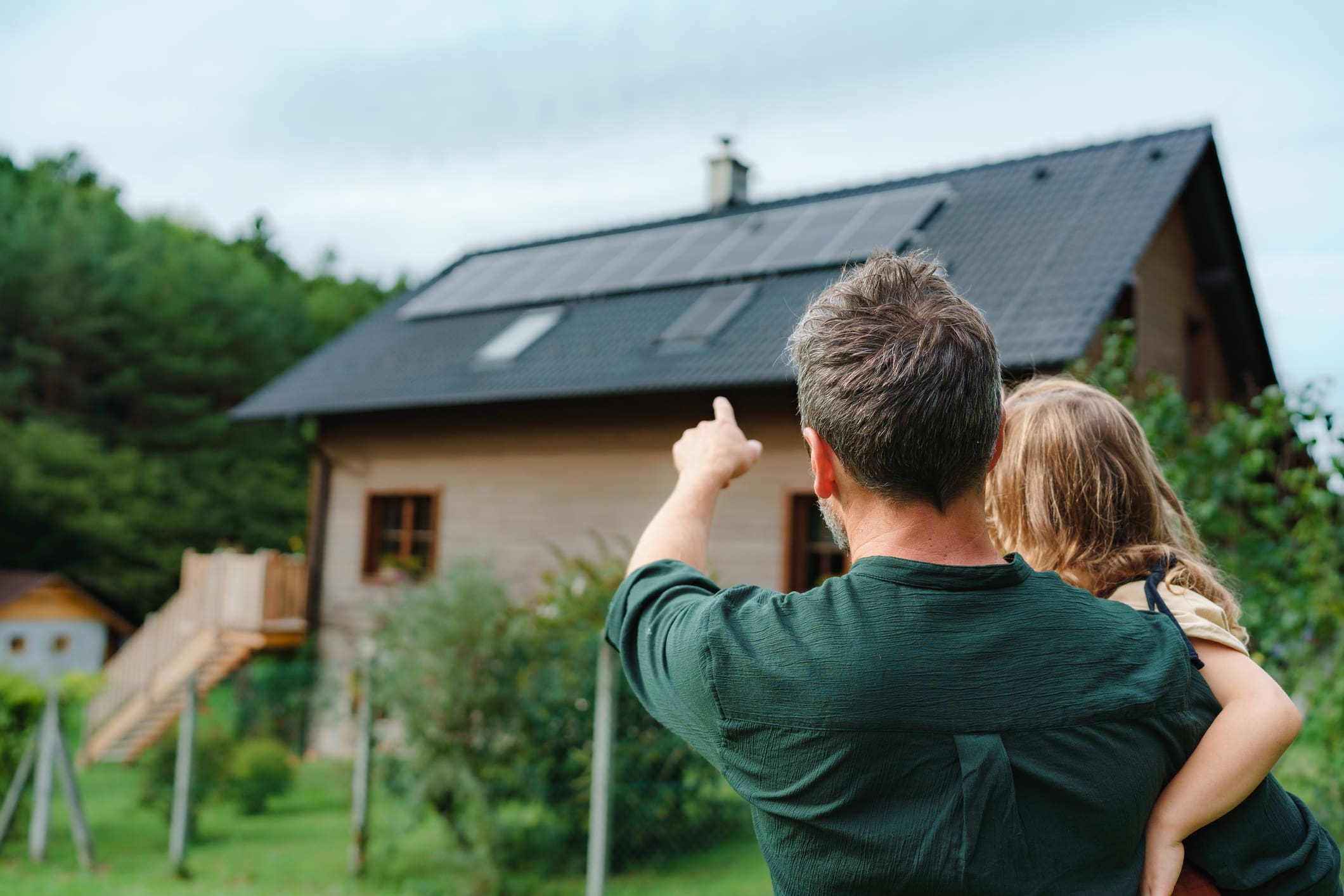The Impact of Weather Conditions on Exterior Painting
Introduction: Exterior painting is a significant investment that enhances the curb appeal and protects the structural integrity of your home. However, achieving a long-lasting and visually appealing paint job is not only about choosing the right colors and quality paints but also considering the weather conditions during the painting process. In this blog, we will explore how various weather elements can influence the outcome of your exterior painting project.
-
- Temperature: One of the crucial factors affecting exterior painting is temperature. Paint manufacturers provide temperature guidelines for optimal application. Painting in extremely hot or cold conditions can lead to issues such as poor adhesion, slow drying, or improper curing. Ideally, choose a time when the temperature is moderate, typically between 50°F and 85°F, for the best results.
-
- Humidity: Humidity levels play a vital role in exterior painting. High humidity can extend the drying time of paint, leading to sagging or running, while low humidity may cause the paint to dry too quickly, resulting in a lack of adhesion. It’s essential to strike a balance and paint during moderate humidity levels for a smooth and even finish.
-
- Rain: Painting during rainy weather is a recipe for disaster. Rain can wash away wet paint, ruin the finish, and cause streaks. Additionally, moisture can be trapped under the paint, leading to blistering and peeling in the long run. Always check the weather forecast and avoid painting when rain is imminent.
-
- Wind: Wind can pose challenges during exterior painting, especially if you are using spray paint. Strong winds can cause overspray, making it difficult to control the application. Wind can also carry debris that may stick to wet paint, creating an uneven texture. Choose a calm day to ensure precise application and a clean finish.
-
- Sunlight: While natural sunlight is essential for the drying process, too much direct sunlight can be detrimental. Painting in intense sunlight can cause the paint to dry too quickly, leading to lap marks and uneven texture. Consider painting in the early morning or late afternoon to avoid the harshest sunlight.
Achieving a flawless exterior paint job requires careful consideration of weather conditions. From temperature and humidity to rain and wind, each element plays a crucial role in determining the success of your painting project. Before embarking on your exterior painting journey, always check the weather forecast and plan accordingly. By doing so, you’ll ensure a durable and visually appealing finish that will stand the test of time. Hilltop Painting



